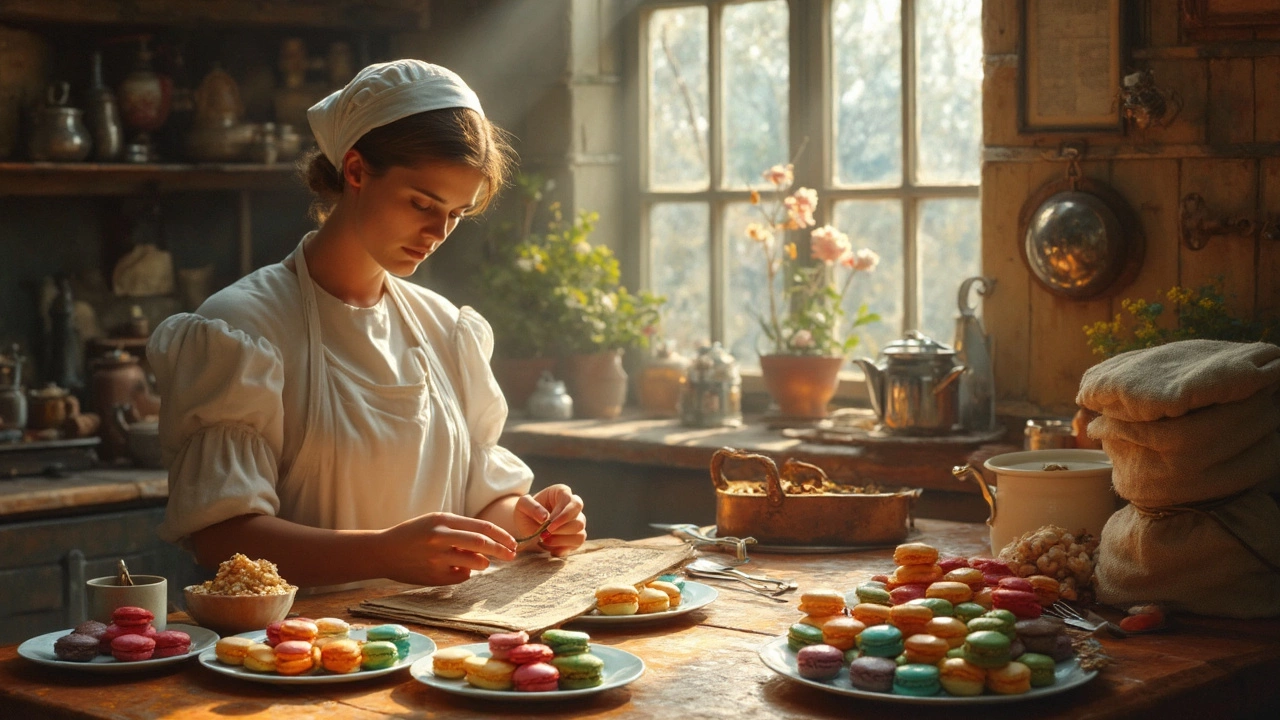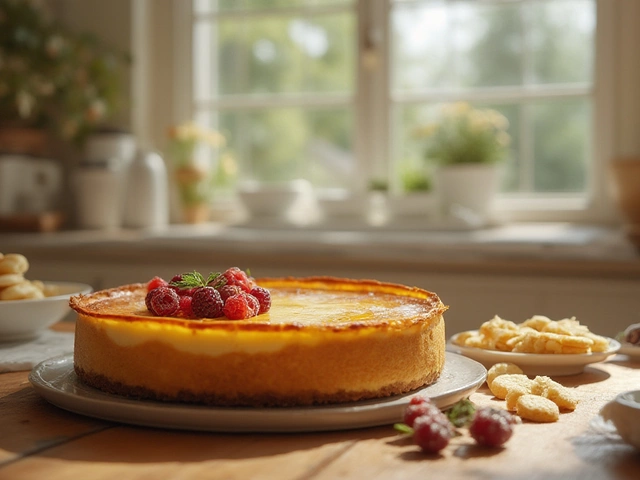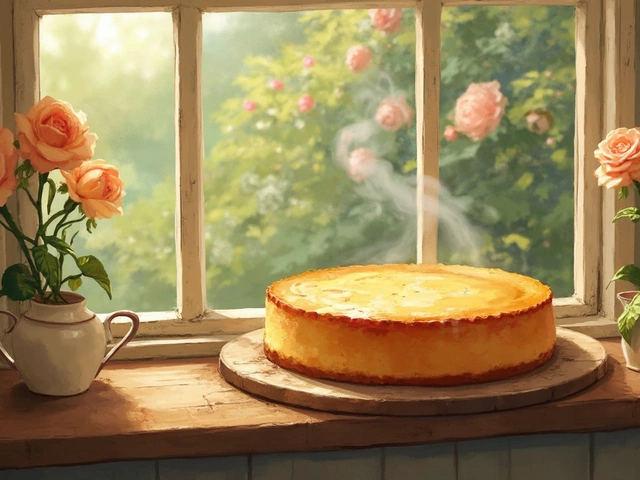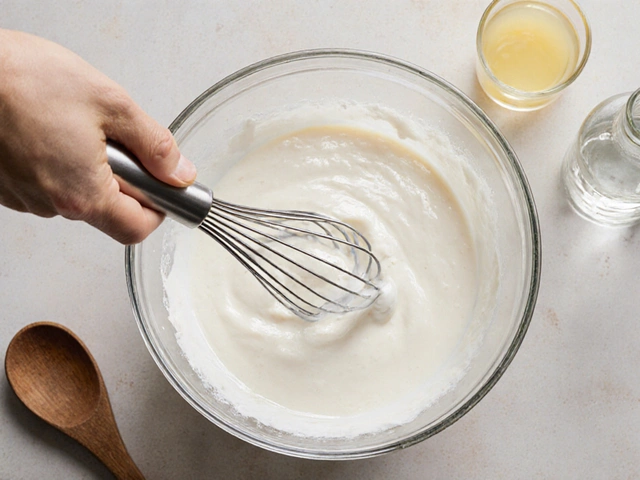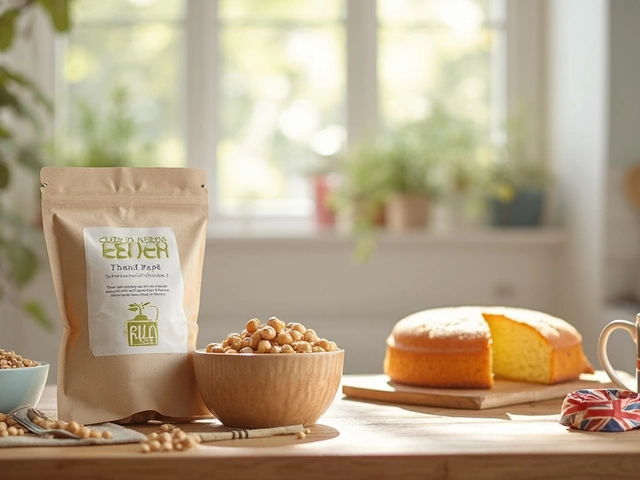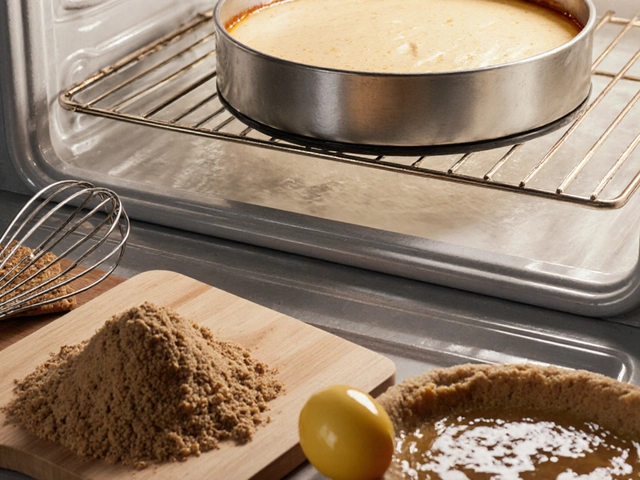Who Invented Macarons? A Simple Look at Their History
Macarons are everywhere—cafés, Instagram feeds, birthday parties. But do you ever wonder who actually created them? The answer isn’t a single name, but a mix of cultures, chefs, and a few tasty twists over centuries. Understanding the origins helps you appreciate the tiny sandwich‑like cookie even more, and gives you cool facts to share at your next tea party.
Italian Beginnings: The First Almond Cookies
The story starts in Italy during the Renaissance. Monks in the city of Venice began mixing almond flour, sugar, and egg whites to make a simple, sugar‑sweet treat. These early cookies were called “maccherone” or “macaroon” and looked nothing like today’s delicate shells. They were basic, crunchy on the outside, and often flavored with rose water or orange blossom. Italian traders carried the recipe across the Alps, and it slowly made its way into French kitchens.
French Adoption: From Monks to Royal Courts
When the recipe landed in France, a Benedictine monk named Pierre Desfontaines is often credited with refining it in the 16th century. He tweaked the batter, added a pinch of cream of tartar, and started shaping the cookies into small rounds. By the time the French monarchy took notice, the pastry had become a court favorite. The name shifted to “macaron” and the treat was served at royal banquets as a light, elegant bite.
In the 19th century, the famous pâtisserie Ladurée introduced the modern double‑filled macaron. The chef there sandwiched two shells together with buttercream, jam, or ganache, creating the iconic sandwich style we see today. This innovation turned the macaron from a simple cookie into a decorative, flavor‑packed confection that could be customized endlessly.
Because of Ladurée’s success, other bakers started experimenting with colors, flavors, and fillings. The classic smooth top, ruffled “foot,” and bright pastel hues became the signature look. Today, you’ll find macarons in dozens of flavors—matcha, lavender, salted caramel—each rooted in that original almond‑egg‑white formula.
Myths still swirl around the macaron’s origin. Some claim a French noblewoman invented it, while others say a monk in a Parisian monastery was the mastermind. The truth is probably a blend of both: Italian monks introduced the base, French bakers refined it, and Parisian patisseries turned it into a global phenomenon.
When you bite into a macaron, you’re actually tasting centuries of culinary exchange. Knowing the background lets you enjoy it beyond just the flavor—it's a tiny piece of history on your plate. Next time you pick up a box, think about the monks, the royal courts, and the Paris bakers who all played a part in bringing this sweet treat to life.
